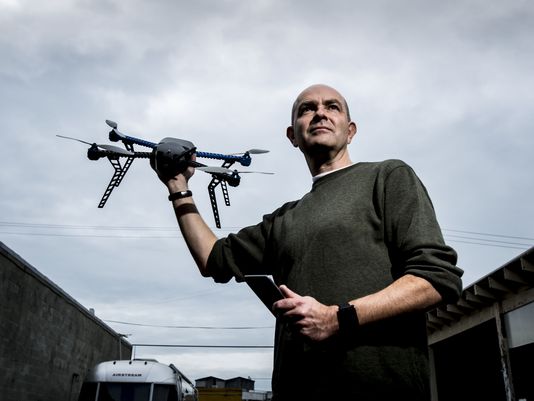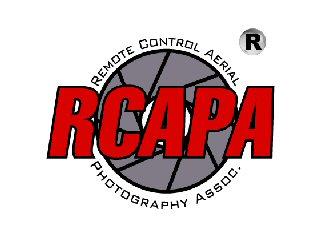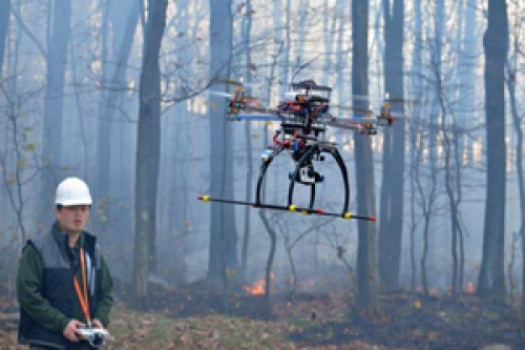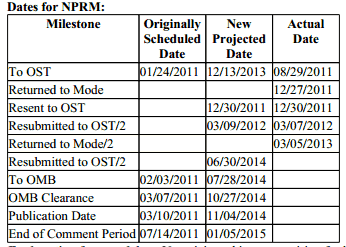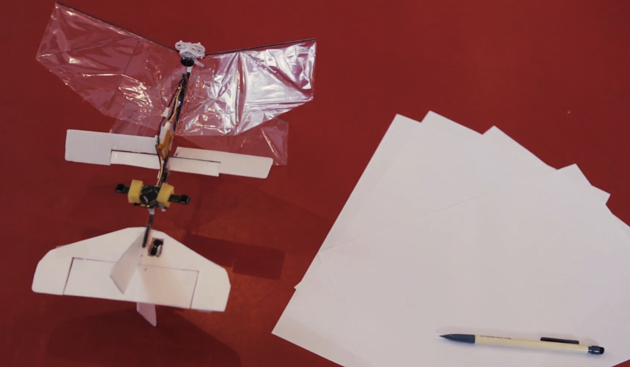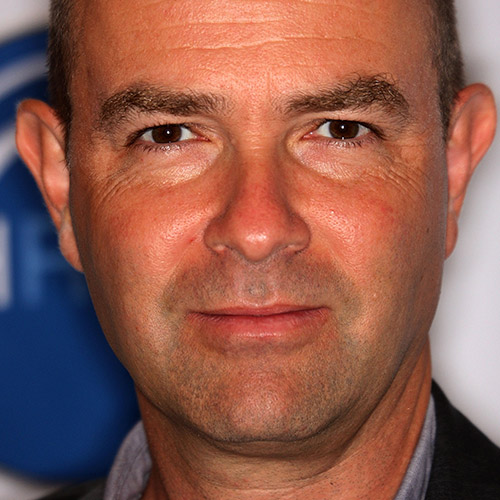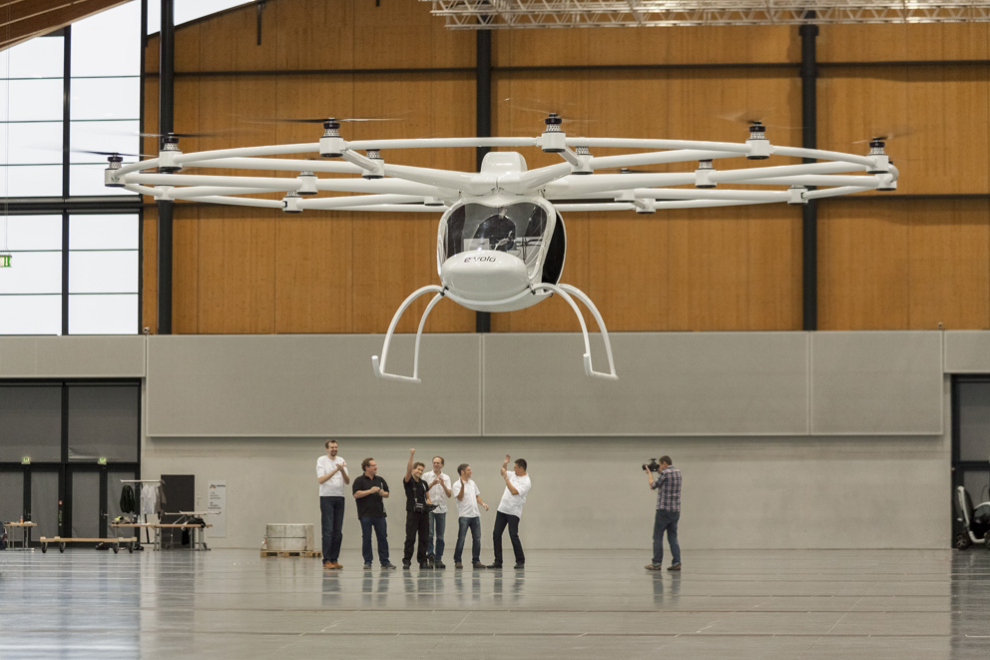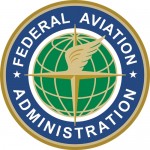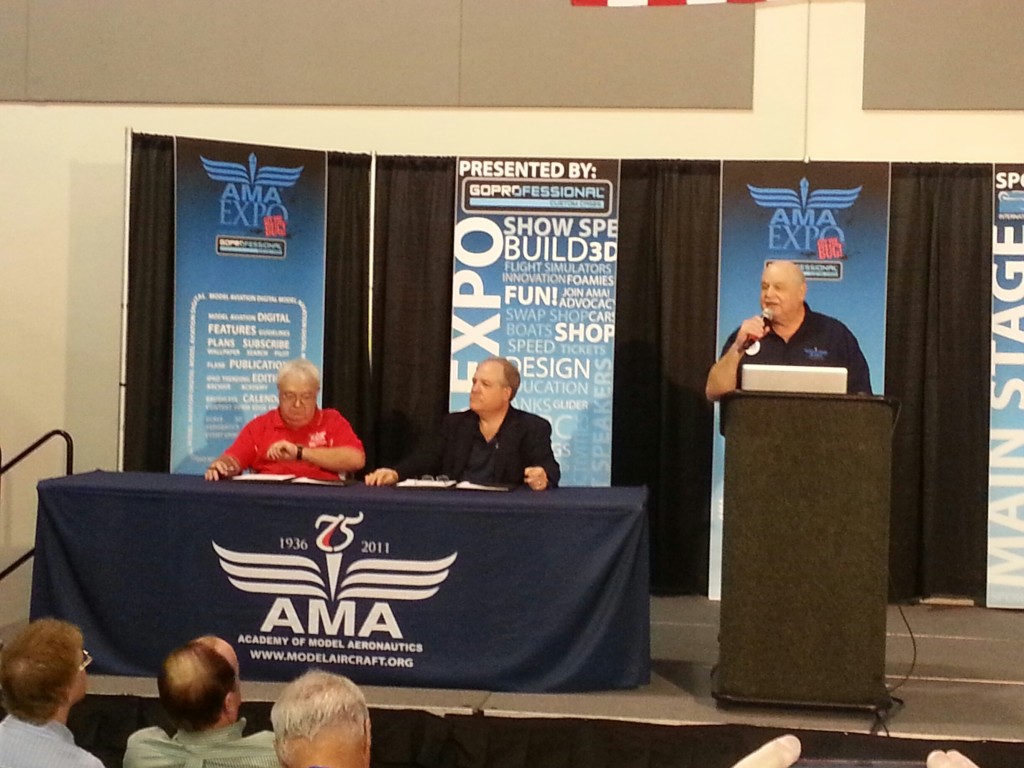
Signed at the AMA Expo, Ontario California. DTV is there and will report back!
Memorandum of Understanding between Academy of Model Aeronautics and Federal Aviation Administration
Concerning Operation of Model Aircraft In the National Airspace System
Purpose
This Memorandum of Understanding (MOU) establishes a cooperative working relationship between the Federal Aviation Administration (FAA) and the Academy of Model Aeronautics (AMA).
Background
AMA is a nationally recognized, non-profit membership organization that was established in 1936. The organization has provided leadership for an expansive aero-modeling community throughout the United States and its territories. Over time, AMA has developed and maintained a National Model Aircraft Safety Code, which provides guidelines for the safe
operation of model aircraft.
Until 1981, there were no federal guidelines or directives for model aircraft operations. In June of that year, the FAA published an Advisory Circular (AC 91-57) titled “Model Aircraft Operating Standards.” Although not directive in nature, AC 91-57 provided general guidance for the operation of model aircraft.
On February 17, 2012, President Obama signed the Federal Aviation Administration (FAA) Modernization and Reform Act of 2012 (FMRA) (Pub.L.112-95) into law. Within this Act, a special provision for model aircraft was enacted. Section 336 of the FMRA provides a definition of the term “model aircraft”, requirements for operating model aircraft, and reinforces the authority that the FAA possesses to pursue enforcement action against persons operating model aircraft in an unsafe manner. In addition, section 106 and 40103 of Title 49, United States Code provides the authority of the Federal Aviation Administration to prescribe aviation standards and regulate aviation operations in the National Airspace System (NAS).
In addition, in the FMRA, Congress acknowledged the efficacy of community-based safety programming, and specified that if a model aircraft is operated in accordance with a community-based set of safety guidelines and within the programming of a nationwide community-based organization, the FAA may not promulgate any rule or regulation regarding that model aircraft.
This MOU outlines the relationship that will be maintained between the FAA and the AMA.
The AMA and the FAA intend to work together by openly communicating any questions and needs as they arise. Technology and operating environments are always changing, and thus establishing an understanding of the nature of the cooperative working relationship between the two organizations is critical to meet the mission needs of the FAA and the AMA.
Agreements
The Academy of Model Aeronautics agrees to:
Develop, establish, and maintain a comprehensive safety program to educate and direct its members in how to safely operate model aircraft in the NAS.
Develop, maintain, and enact appropriate guidelines, procedures, and operating standards for its members responsive to the minimum safety criteria established in PL112-95 and implement the AMA Safety Program to include the PL 112-95 Enactment Standards.
Maintain the AMA Safety Program by regularly reviewing relevant safety data and updating the program to address any issues that are brought to light by the data.
Continue to establish appropriate safety guidelines for emergent technologies and novel facets of aero-modeling activity.
Provide the FAA with an updated copy of the AMA Safety Program whenever substantive changes are made, or upon request.
Foster a positive and cooperative environment within the aero-modeling community toward the FAA, its employees, and its regulatory structure.
Serve as a conduit between the aero-modeling community at-large, the hobby industry, and the FAA in order to provide relevant and time-critical aviation safety information to all parties.
Bring issues and questions to the FAA when matters arise related to model aircraft that could impact the safety of the NAS.
Maintain Safety Programming documentation on the public section of the AMA website in order to promote safety throughout the entire aero-modeling community, even among non-AMA members.
The Federal Aviation Administration agrees to:
Review AMA’s Safety Program and advise the Academy on safety issues related to aero-modeling operations within the NAS.
Educate and inform appropriate FAA field personnel regarding the most current aeromodeling policies, procedures, and operating standards.
Address model aviation safety and operational issues through the Unmanned Aircraft Systems Integration Office, AFS-80. This office will act as a conduit to other areas of the FAA in order to resolve and address matters of mutual concern and interest.
Foster a positive and cooperative environment towards model aviation within the agency’s national, regional, district, and local offices.
Maintain an open line of communication with the AMA to exchange information and provide relevant and/or time critical notices regarding aviation safety and airspace operations.
Cooperate with the AMA in dealing with and resolving issues of concern to either or both parties.
Effective Dates
It is understood and agreed by the undersigned that the intent of this MOU is to state shared goals and to establish and maintain cooperation toward meeting these shared goals. This MOU does not create any binding obligation on either party. Each party agrees to conduct its representative activities in a coordinated and mutually beneficial manner. The FAA and the AMA will evaluate their respective participation with the terms of this agreement periodically and communicate any issues with the term as soon as they arise.
This MOU will be in effect at the time of the signing and may be terminated at any time by either of the signing authorities or their successors. One party or the other must serve the notice of the termination at least ninety (90) days prior to the effective date of that termination, or in the case of mutual consent, with no prior notice requirement.

